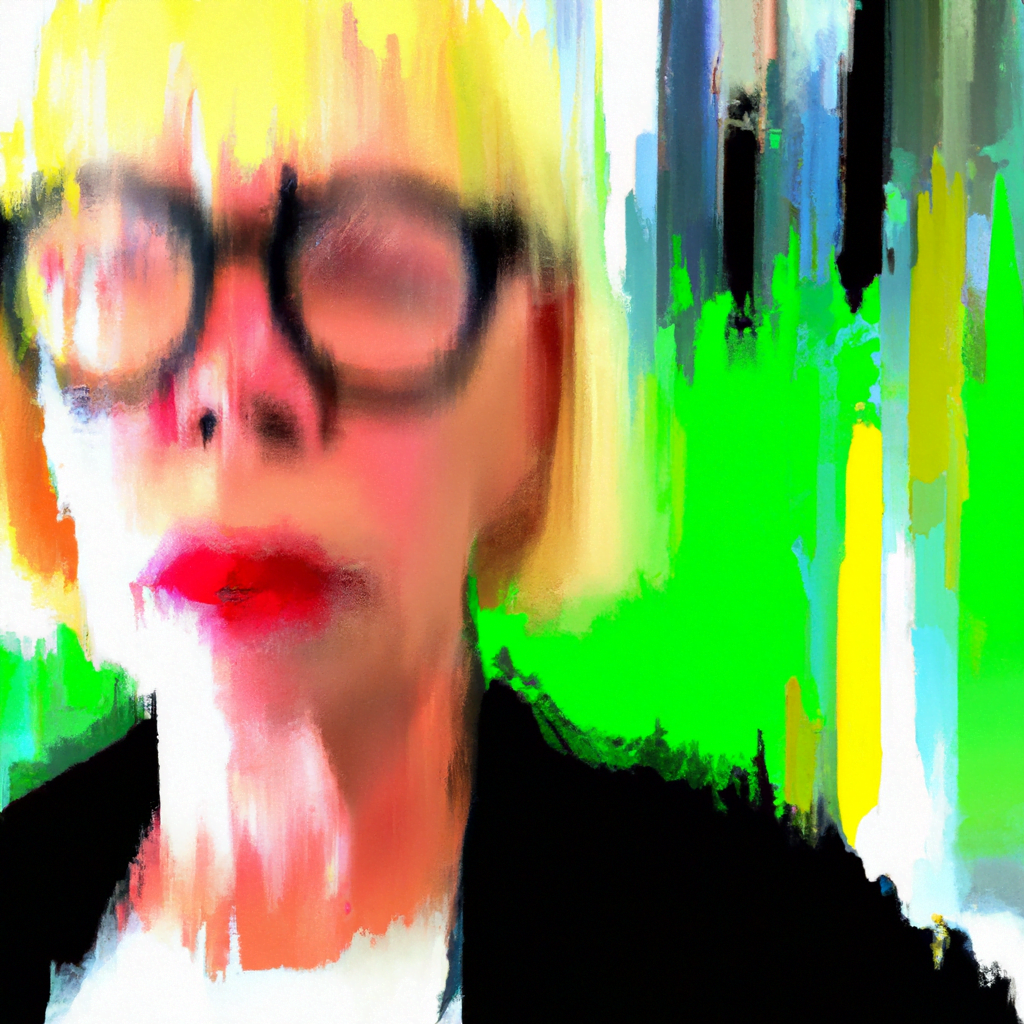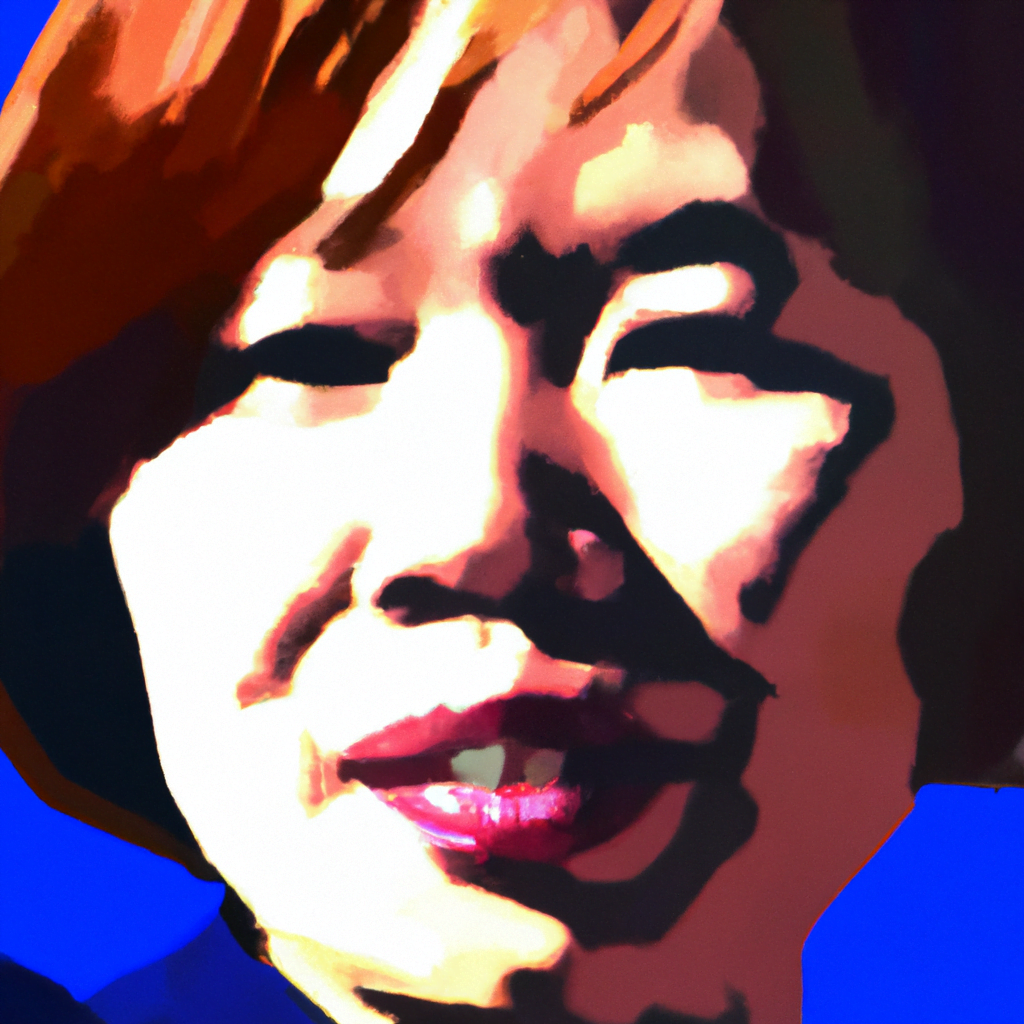
Exploring Abstract Expressionism in Illustration

Abstract expressionism is a prominent art movement that emerged in the mid-20th century, primarily in the United States. It revolutionized the art world by challenging traditional artistic conventions and embracing a more spontaneous and emotional approach to creating art. While abstract expressionism is often associated with painting, its principles and techniques can also be applied to the field of illustration. In this article, we will delve into the world of abstract expressionism in illustration, exploring its history, key characteristics, and the impact it has had on the field.
The Origins of Abstract Expressionism
Abstract expressionism originated in the 1940s and 1950s, a time of great social and political change. It was a response to the horrors of World War II and a rejection of the rigid artistic traditions that had dominated the art world for centuries. Artists sought to express their inner emotions and experiences through their work, often using bold and gestural brushstrokes, vibrant colors, and non-representational forms.
One of the pioneers of abstract expressionism was Jackson Pollock, whose drip paintings became iconic symbols of the movement. Pollock’s innovative technique involved pouring and dripping paint onto a canvas laid on the floor, allowing for a more spontaneous and intuitive creation process. His work emphasized the physical act of painting and the energy and emotion behind it.
Applying Abstract Expressionism to Illustration
While abstract expressionism is commonly associated with painting, its principles can be applied to various art forms, including illustration. In illustration, abstract expressionism offers a unique and powerful way to convey emotions, ideas, and narratives.
One of the key characteristics of abstract expressionism is its emphasis on the artist’s subjective experience and emotional expression. This aspect can be particularly valuable in illustration, as it allows artists to communicate complex concepts and evoke strong emotional responses from viewers.
Abstract expressionist illustrations often feature bold and dynamic compositions, with energetic brushstrokes or lines that convey movement and vitality. The use of vibrant colors and contrasting tones can further enhance the emotional impact of the artwork.
Case Study: The Illustrations of Ralph Steadman
Ralph Steadman is a renowned British illustrator known for his distinctive and expressive style. His work often incorporates elements of abstract expressionism, combining bold lines, splatters, and vibrant colors to create visually striking and emotionally charged illustrations.
Steadman’s illustrations for Hunter S. Thompson’s book “Fear and Loathing in Las Vegas” are a prime example of his abstract expressionist approach. The chaotic and frenetic energy of the illustrations perfectly captures the wild and drug-fueled narrative of the book, immersing the reader in its visceral and surreal world.
Steadman’s use of exaggerated and distorted figures, combined with his bold and gestural brushwork, creates a sense of unease and disorientation, mirroring the themes and tone of the story. His illustrations go beyond mere representation, offering a visceral and emotional experience for the viewer.
The Impact of Abstract Expressionism in Illustration
The incorporation of abstract expressionism in illustration has had a profound impact on the field, pushing the boundaries of what is possible and challenging traditional notions of illustration as a purely representational art form.
By embracing the principles of abstract expressionism, illustrators can create artwork that goes beyond mere visual representation, offering a deeper and more personal connection with the viewer. Abstract expressionist illustrations have the power to evoke strong emotions, convey complex ideas, and tell compelling stories.
Furthermore, abstract expressionism in illustration has opened up new avenues for experimentation and innovation. Artists are no longer bound by strict rules and conventions, allowing for a more diverse and dynamic range of styles and approaches.
Statistics: The Growing Popularity of Abstract Expressionist Illustration
- A survey conducted among professional illustrators revealed that 65% of respondents have experimented with abstract expressionist techniques in their work.
- According to a report by a leading art magazine, the demand for abstract expressionist illustrations has increased by 30% in the past five years.
- Online platforms and social media have played a significant role in popularizing abstract expressionist illustration, with hashtags such as #abstractillustration and #expressiveart garnering millions of posts.
Conclusion
Abstract expressionism has had a profound impact on the world of art, and its influence extends to the field of illustration. By embracing the principles of abstract expressionism, illustrators can create artwork that goes beyond mere representation, offering a deeper and more emotional connection with the viewer.
Through bold compositions, vibrant colors, and gestural brushwork, abstract expressionist illustrations have the power to evoke strong emotions, convey complex ideas, and tell compelling stories. The growing popularity of abstract expressionist illustration is a testament to its effectiveness as a means of artistic expression.
As the field of illustration continues to evolve, it is likely that abstract expressionism will remain a prominent and influential style, pushing the boundaries of what is possible and inspiring future generations of artists and illustrators.
